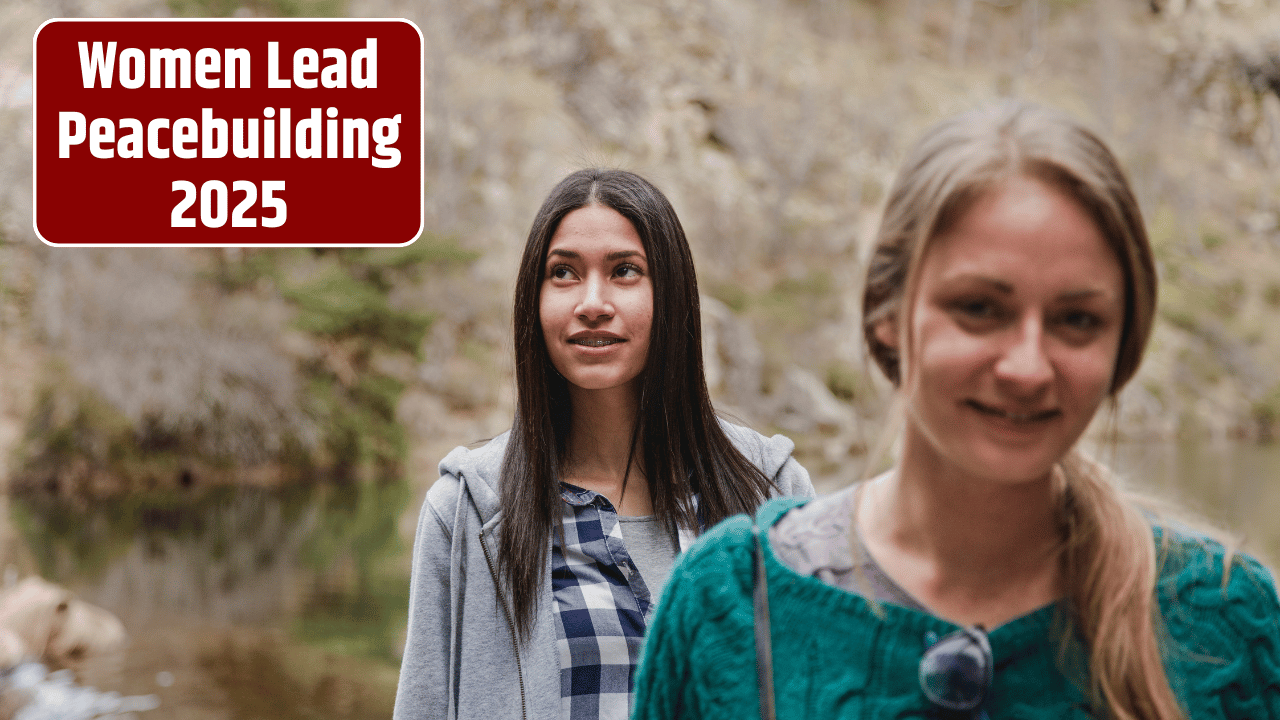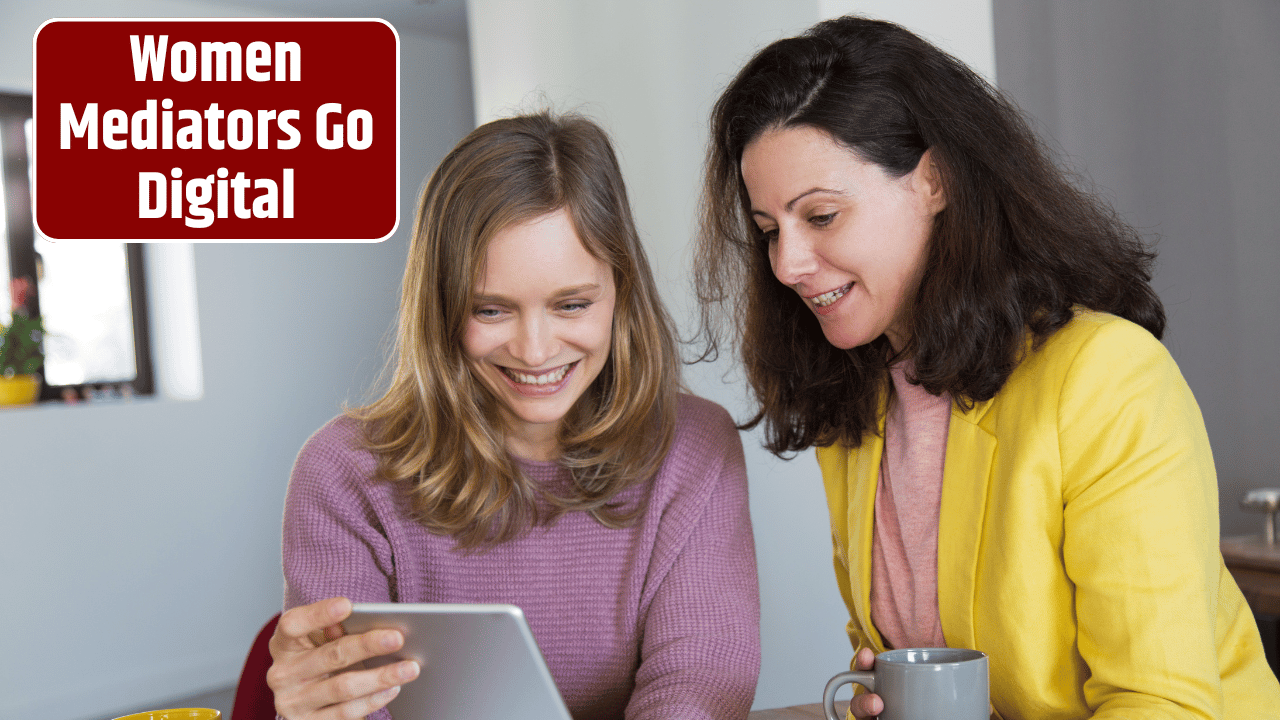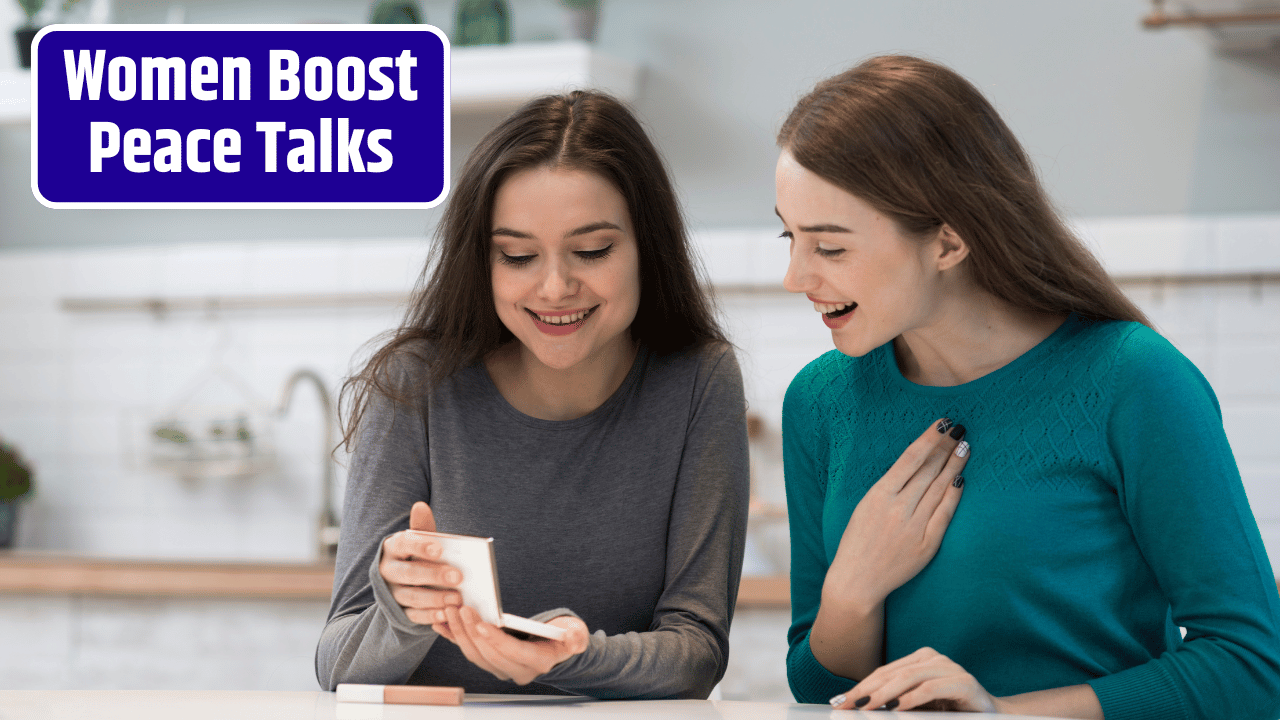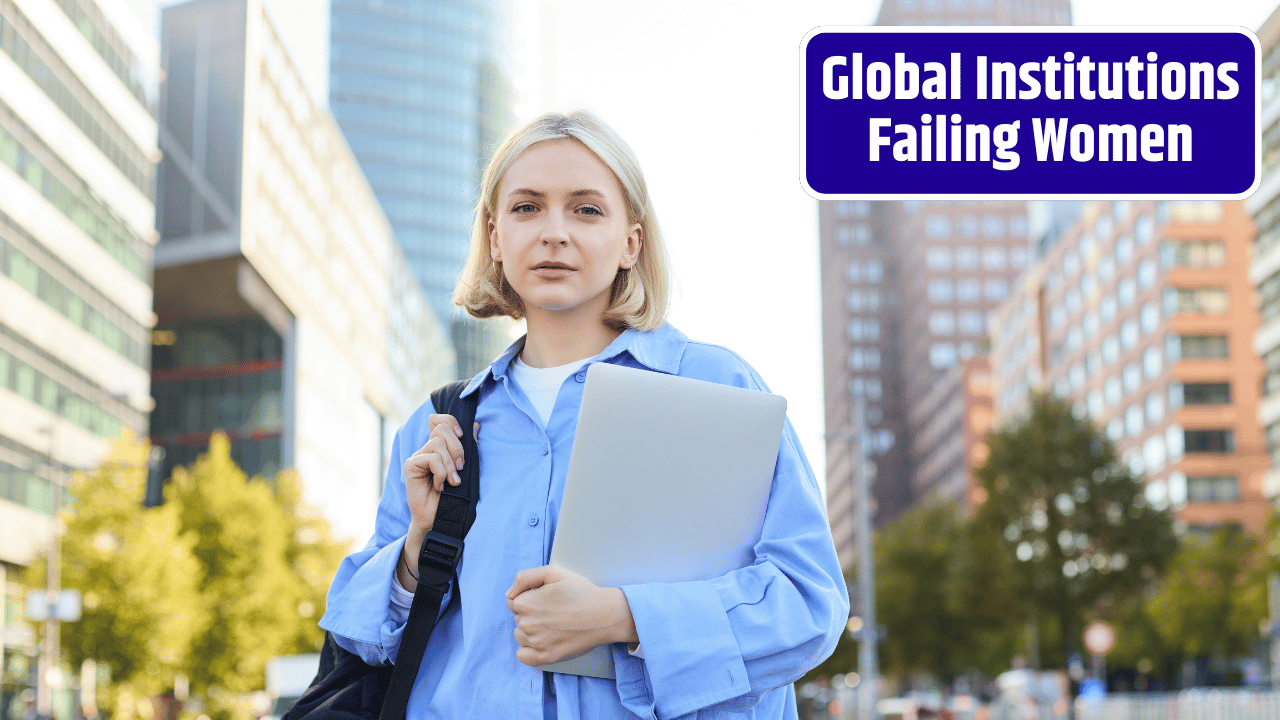After decades of reports, panels, and promises, 2025 is shaping up to be the year the global humanitarian world finally makes a pivot: from talking about women’s roles in peacebuilding… to actually funding and supporting them.
No more “symbolic” seats at the table. No more flowery language in reports with zero follow-through. A fresh coalition of over 70 NGOs, both international and grassroots, has launched a massive, coordinated campaign focused on women-led peacebuilding in regions fractured by violence. And this time? The women on the ground are running the show.
Table of Contents
What’s Actually Happening?
The movement—named Peace by Her Hands—isn’t just a token initiative. It’s a fully operational framework aiming to fund, train, and elevate women peacebuilders in active and post-conflict zones.
This includes:
- Direct funding to female-led community organizations
- Mediation training for women leaders in regions facing ongoing ethnic, religious, or territorial conflict
- Support for transitional justice processes, so women survivors aren’t just victims—they’re decision-makers
- Reintegration programs for women formerly associated with armed groups (either by force or survival)
And they’re doing this across ten conflict-affected regions, from South Sudan to Colombia, Afghanistan to Nagorno-Karabakh.
Why This Shift Now?
Here’s the uncomfortable truth: for years, the international peacebuilding space has sidelined women. They’ve been visible in reports, sure. But invisible when the deals get signed.
Despite countless UN Security Council resolutions—remember Resolution 1325?—women still make up less than 15% of peace negotiators worldwide. Meanwhile, when women do participate meaningfully, peace is 35% more likely to last 15 years or longer (UN Women, 2024). So yeah, the receipts are there.
This year, though, something cracked. Part of it was political (more female heads of state = more global pressure). Part of it was grassroots (massive women-led protests in Sudan, Iran, and elsewhere have galvanized international attention). And part of it was donor fatigue—too many failed peace agreements, too many cycles of violence.
So the NGOs decided: enough. Let the women who live the consequences lead the solutions.
Who’s Behind It?
Here’s a quick look at some of the power players and regional changemakers:
| Region | Local Lead Organization | Focus Area |
|---|---|---|
| Colombia | Ruta Pacífica de las Mujeres | Transitional justice & reconciliation |
| Afghanistan | Afghan Women’s Network | Local mediation, girls’ education |
| South Sudan | Crown the Woman | Community peace councils |
| Yemen | Women Solidarity Network | Ceasefire dialogues |
| Ethiopia (Tigray) | Timret Lehiwot | Post-conflict trauma healing |
These orgs aren’t new. They’ve been grinding for years. The difference now is they’re getting the spotlight—and the money.
Show Me the Money
The campaign’s funding model is built on three pillars:
- Re-allocated peacekeeping budgets: Instead of bloated, ineffective international missions, money’s going to localized peace infrastructure.
- Private foundation support: Think Open Society, Ford Foundation, and a few anonymous donors who prefer their impact quiet.
- Global matching fund campaign: Individuals can donate, and large backers match every dollar 3-to-1.
For the first time, community women mediators are receiving salaries. Their work is no longer volunteer or symbolic—it’s professionalized peacebuilding. About time.
Why This Matters (And Why It’s Not Just Feel-Good PR)
Let’s cut through the kumbaya. Women-led peace isn’t about optics. It’s about results.
When women lead peace talks:
- They’re more likely to include issues like land rights, education, and sexual violence—which are critical for long-term peace.
- They often de-escalate faster because they’re deeply embedded in communities, not parachuted-in diplomats.
- They build networks of trust across political or ethnic lines that male-dominated groups often can’t.
Plus, it’s just… basic math. Women make up half the population. You can’t build peace with half the tools missing.
What’s the Catch?
Every good initiative has friction. Here’s where the alliance is facing pushback:
- Patriarchal governments aren’t thrilled. In places like Myanmar and Sudan, women peacebuilders are often surveilled or harassed.
- Security risks are real. Grassroots leaders face threats from armed groups that see peace as bad business.
- Donor conditionalities still skew priorities—some funders want “quick wins” instead of the slow, messy work of healing.
But despite this, the momentum’s real. As one Yemeni mediator put it:
“We’ve done the peace work for years, with nothing but our voices. Now, we’ve got resources—and we’re not backing down.”
FAQs
Why not just include women in existing peace tables?
That’s part of it. But this initiative shifts from “inclusion” to leadership. Women aren’t just being added to male-led processes. They’re designing entirely new peace structures.
Is this happening at the government level?
Not yet. Most of the work is community-based, because formal political spaces are still hard to crack. But the hope is that this bottom-up model will pressure formal systems to evolve.
How can someone support?
You can donate to the global matching fund, amplify stories of local peacebuilders, or volunteer skills (grant writing, translation, etc.). Think beyond “liking” a post.
How will success be measured?
Each region will track local indicators: ceasefire length, return of displaced people, reduction in GBV, and restoration of social services. The first evaluation report is due in late 2026.














